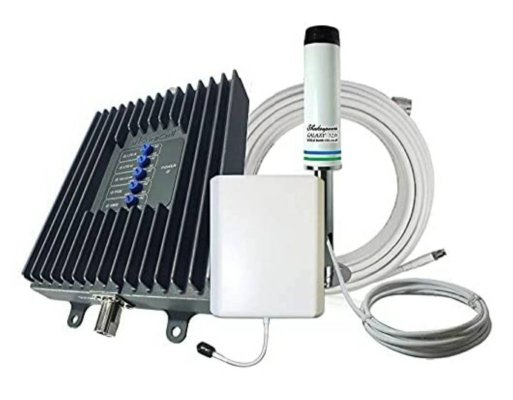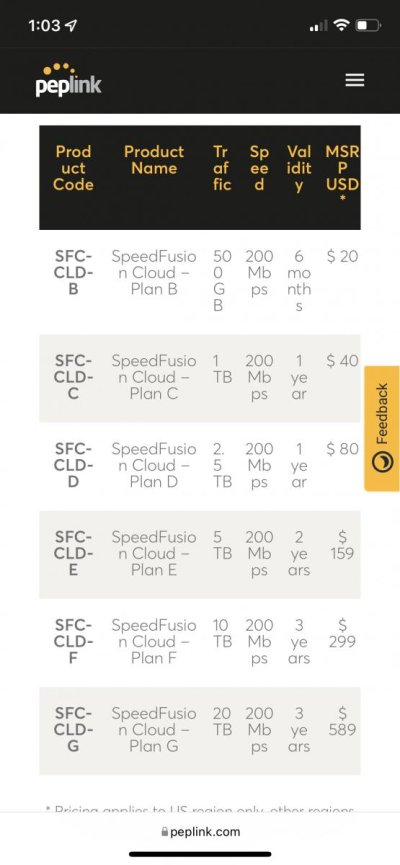Steve- a bit more meat on the bone here would be helpful. OP gave an outline of a use case - coastal cruising. Let's say within 25 nms of a US coastline. The Wilson boosters are in the $500 range so let's set that as a budget.
Do you have specific recommendations for configuration for a good antenna and a router? Guessing this sounds super simple to you, but my knowledge here is akin to a 4-year old child.
Peter
Unfortunately it seems like internet systems and use-cases are as complex as choosing an anchor or chart plotter system

I do have a bunch of recommended systems at
https://seabits.com/recommended-systems-plans/
Generally speaking, there are a few choices:
Hotspot + antenna - cheap, limited features, not meant to run 24x7
Router + booster - used to be the standard, but not as useful unless you are in zero signal areas all the time
Router + good outdoor antenna(s) - the most common choice right now.
Domes - most expensive solution, and requires more management.
With the router & domes options, you can have a single cellular radio, or dual cellular radios. The dual radios is more popular in the last 2 years due to working remotely, and provides the ability to stay connected almost indefinitely, or at least to survive bad connections. However, it is more costly and complex.
I had excellent reception with a Poynting Omni 402 MIMO outdoor antenna and a Netgear Nighthawk M1 Cellular Router on a T Mobile Hotspot plan.
Nighthawks are my favorite hotspots. Combining it with a good antenna is a great option. They don't have any redundancy features or other functions if you have an active network or devices, but they are one of the most cost effective solutions. You can swap out a hotspot when the new tech comes out without spending that much.
Yes, there is cradlepoint.
I no longer recommend Cradlepoint after their software licensing change. Features stop working in their products unless you pay a yearly fee, and they are key things like cellular modems, etc. They are targeting enterprise and large companies, not folks like us. I've also had a ton of issues with their hardware and supporting US carriers.
I wish they would spend more time on marine and mobile in our markets, as I would like more competition for Peplink.
Unless you are working with a VPN provider that supports building a tunnel, then the part in bold above cannot work. You have to have two ends of any tunnel.
The reason you cannot get any faster single application traffic is that a single TCP connection only has a single next hop IP address out of the router. You cannot break up a connection into multiple streams. The Interior Gateway Routing Protocol will not work like that..
Peplink has done this for years using PepVPN and more recently as a simpler offering called SpeedFusion. I've also used a few other technologies that do this.... IGRP is not involved.
Do you have any experience with Cel-Fi boosters? I just returned from a Montana road trip in my truck/camper where mostly it was little or no cell service, at least for Verizon. This last week I put in a Cel-Fi Go X system but haven't really given it a good trial. I have a 10 year old Wilson booster in the boat which is now obsolete.
Cel-Fi makes some of the most powerful boosters out there. I have tested a few and they are impressive, but there are (of course!) a few limitations compared to other boosters.
First, you have to choose a particular carrier - you can only boost one at a time. Second, they have had firmware issues with the various carriers that have taken a while to resolve. I would make sure to check that the carrier and bands (4G/5G/etc.) are supported for the one you want to use.
Wilson/weBoost and other similar boosters are less powerful, but they are just simple amplifiers and "pass through" signal, so they can work with multiple providers.



